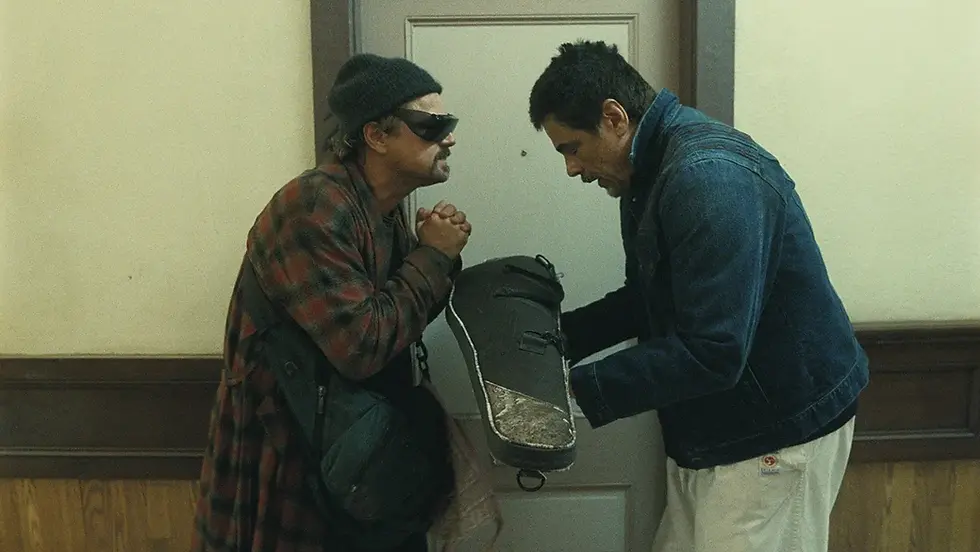Creative Mythology: The Choreographer and the Spectator
- Diane McGhee Valle, PhD
- Dec 26, 2021
- 3 min read

A theme behind Joseph Campbell’s The Masks of God, Volume 4: Creative Mythology is the release of the mind to freedom through the creation of a living mythology. Artful dance is a superb example of a living mythology realized in both the choreographer and dance spectator. Campbell’s theories influenced the direction of modern dance in America, and especially the work of his wife, choreographer and dancer, Jean Erdman.
In the closing pages of his book, Campbell advocates for the human’s unique position in history and the individual’s capacity to “activate within himself the centers of his own creative imagination, out of which his own myth and life-building” evolves. (677) Creative expressions may challenge dogma and set values, yet it may reveal the authentic nature of the self, tat tvam asi. Campbell emphasized the role of the artist for prompting awakenings of recollection (92), which are transmitted through signs, metaphors, and mythologically-related symbols. For the spectator, such transmissions “exhilarate centers of life beyond the reach of vocabularies of reason and coercion.” (4)
Jean Erdman’s influence, from earliest dances to later avant-garde theatre, spanned more than half of the twentieth century. She trained under dance pioneering masters and joined Martha Graham’s group in 1938. Erdman subsequently expanded the conceptual boundaries of dance-making through several initiatives before launching a solo career. First, she began experimenting with mythological archetypes as thematic dance material. Erdman and Merce Cunningham then confronted concert tradition by employing improvisation in performance. Additionally, Erdman deeply analyzed numerous cultural dance styles. Erdman’s efforts were intended to better portray the realm of human experience, and thereafter, she crafted a unique aesthetic for each dance. Campbell and Erdman frequently discussed choreographic processes and themes, and he regularly wrote for the publication Dance Observer.
Erdman employed Campbell’s concepts but translated them for the stage. She complemented Campbell’s patriarchal viewpoint by focusing on the inward nature of women. Erdman’s choreographies examined psychological and emotional journeys, sometimes targeting a sliver of the circular monomyth. Magnificently, Erdman’s choreographic examples hearkened to Campbell’s discussions on the historical and archetypal goddess as a living source. Erdman remarked, “The dancer so speaks of potentialities and aspects that are antecedent to words, antecedent even to the spheres of personal reflections, and constitute the primary heritage of the human spirit.” (Jean Erdman Papers, 18(2:2):4, New York City Public Library collection) We can hear Erdman and Campbell echoing each other. Campbell’s impact was so important to the whole development of modern dance that by 1985, Anna Kisselgoff, critic for The New York Times, wrote that “his influence on dancers deserved a study in itself”.
Innovative choreographers, such as Erdman, are adventurers at heart. The dance-making process usually requires somatic exploration with an intimate journey into the mind. Campbell’s criterion for this “life-creative adventure” is to “let go of the past…, die to the world, and to come to birth from within.” (678) From this emerges the birth of the creative idea. Both conscious and unconscious realms must be accessed and subsequently, the images must be rendered into non-verbal language. Musical aspects of a dance are felt rhythmically and through tonal vibrating phenomena; these subtleties have access to influence levels of consciousness. Split-second shape transformations and the dynamics of force lend meaning through kinesthetic empathy. These combined effects can circumvent the clutching ego and give rise to past and present associations. To have true significance, Erdman stated, “This nonform must be expressed with the aesthetic emphasis not magical or religious.” (Jean Erdman Papers, 18(2:2):5) The choreographer’s journey ends when the living myth of dance is given to the community.
Much like DNA code, a choreographer’s work bears marks of mythological roots, psychological archetypes, and personal truths. Erdman’s dances were not created to forward political or social agendas. She did not relinquish her creative power to mathematical chance or indeterminacy, as Cunningham had done. Instead, Erdman relied on established connections, such as primordial forces, somatic sources, mythology, archetypes, kinesthetic empathy, feelings, and subliminal impressions stored from all human history. Consequently, Erdman forever altered the aesthetic of concert dance.
It is possible to envision transmissions from choreographer to spectator like those occurring from one brain neuron to another. In both examples, communication occurs across a shared void. But this middle way, the between, cannot be void because it is filled, paradoxically, with transmissions of form, yet no form. (333) Curiously, when the choreographer signals to the spectator, as with neural transmissions, each perceived message may access what was previously unattainable or mysterious. Thus, a new identity of the Self is manifested as a consequence of relationship.
Erdman’s dances transcended time and space to access meanings within the spectator without dictating results outright. The individual freedom to determine associations operated as an independent and democratic process by producing a living mythology in each, the choreographer and the spectator.

%20BB.png)


